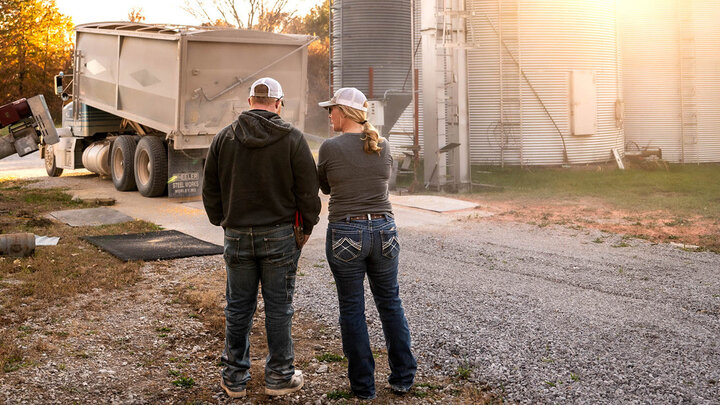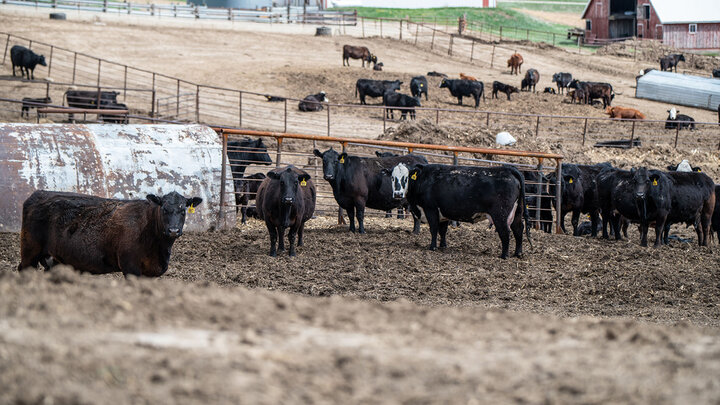For businesses on main street, regular meetings are a normal part of company culture. Meetings allow businesses to communicate with employees what is happening, clarify job responsibilities and make decisions. Farms and ranches are businesses, and many could benefit from regularly held meetings, especially when multiple family members, multiple generations or employees are involved.
So, you’ve decided a meeting is a good idea. How do you implement one successfully?
The first step is to determine what the meeting is for. What are the desired outcomes? What are the priorities? What are the key activities happening? There are two distinct types of meetings: “business” meetings and “operational” meetings. Business meetings are for the primary decision makers, owners or managers, to make major management decisions. Operational meetings, on the other hand, are for both management and employees to discuss the current happenings and address minor issues.
Next determine who the meeting is for. The topics discussed at a business meeting between owners or managers will be very different from the operational meeting discussions with employees. Make it clear to your family or employees who will attend these meetings. Also consider when you need to bring in advisors, such as a banker, lawyer or tax accountant.
The next step is to schedule a recurring date and time for these meetings. Business meetings may only happen monthly or quarterly, while operational meetings could happen weekly or every 2-3 days. When setting a meeting location get away from the kitchen table. The kitchen table is for family events. Find a neutral location like the office, or shop to hold these meetings.
Now it is time to set the agenda. What are you going to talk about? Select topics that are relevant to everyone in the meeting. Consider the time frame both from a seasonality standpoint and from a meeting length. Refrain from packing your agenda with more topics than you have time for. Do not forget to think about things happening in the office: marketing, financial, human resources and legal aspects of your operation. Note on the agenda if an item is only for information, for discussion or if a decision is going to be made now or at a later meeting. Send out your agenda to participants ahead of time and request input.
If this is your first-ever meeting, you may need to set a code of conduct as your first agenda item. The code of conduct is a set of expectations agreed upon by all meeting participants. In your code of conduct, outline roles, responsibilities, and how decisions will be made. Specifically, who will lead the meeting? Who will take notes? Who has the right to vote on a decision?
Stick to the time frame you set for the meeting. Do not sour meeting participants by going longer than they expected.
After the meeting, share notes in a digestible format. Type them and send a hard copy or snap a picture and text them to everyone. Make sure to highlight any tasks that need to be accomplished and a deadline for those to be completed.
Finally, reflect on how things went. What went well? Where can meetings improve? Ask for feedback from the meeting participants.
Effective and efficient meetings take practice. Making meetings a part of your farm or ranch culture is a simple way to improve communication.
Sources:




